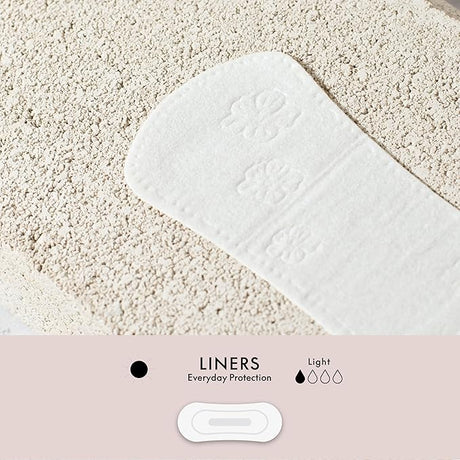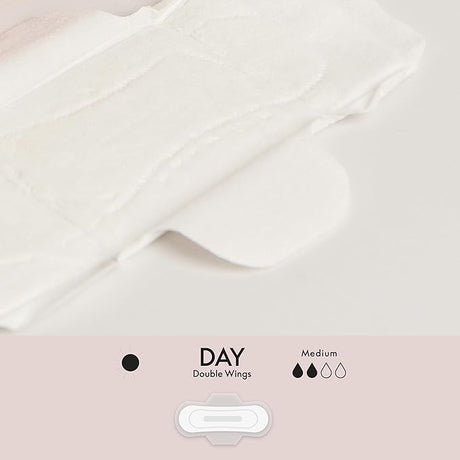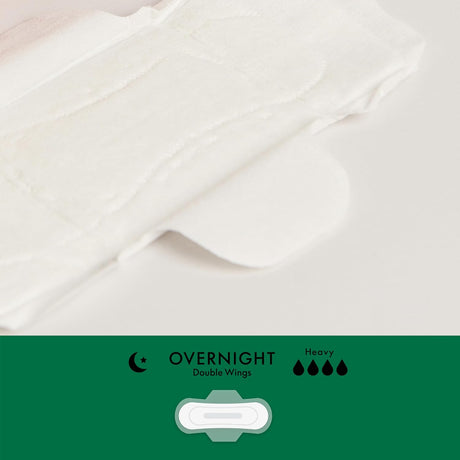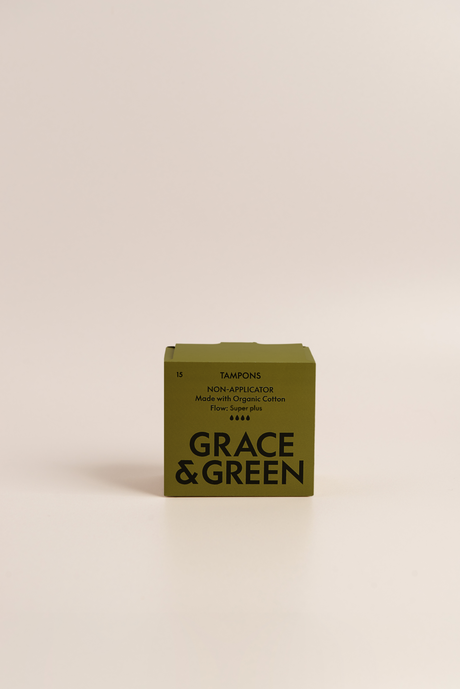Polycystic Ovary Syndrome (PCOS) is a hormonal disorder that affects millions of people globally. It can cause symptoms like irregular periods, infertility, changes in hair growth and acne, just to name a few. Recognising these signs early can help with a faster diagnosis and help you to manage your symptoms effectively. This guide explores what the first signs of PCOS are, how it impacts the body, the causes behind it and when it’s time to consult a healthcare professional.
Understanding PCOS and Its Causes
PCOS is often misunderstood, yet it’s one of the most common causes of hormonal imbalance and irregular menstrual cycles. According to NHS UK, 1 in 10 have the condition. PCOS disrupts the regular functioning of the ovaries due to hormonal imbalances. It can lead to issues like irregular menstrual periods, excess hair growth, acne, and infertility. Understanding the root causes (triggers) can help in the early stages of diagnosis and when finding a way to effectively manage the syndrome.
What Triggers PCOS?
PCOS doesn’t have a single known cause. Despite the prevalence of the issue, there remains a lack of research. Frustrating to say the least, we still have a long way to go with menstrual research. At Grace & Green, we believe in educating everyone about periods, menstrual health conditions and everything in between. This is exactly why. Instead, a combination of genetic and environmental factors play a role:
-
Insulin resistance: Insulin resistance leads to the overproduction of insulin. This can increase androgen production, disrupting ovulation.
-
Genetics: A family history of polycystic ovarian syndrome may increase your chances.
-
Obesity and lifestyle: Excess weight can amplify hormonal imbalances and insulin sensitivity.
-
Hormonal imbalances: Elevated androgen levels (a group of hormones that mainly trigger the development of typically male physical characteristics) are a hallmark sign, leading to excess hair growth, acne, irregular menstruation and ovulation.
Early Signs & Symptoms You Shouldn’t Ignore
Spotting the early signs of PCOS can be crucial to managing the condition before it affects your overall health. Symptoms may occur from someone’s very first period but signs can also appear much later. Some of those with PCOS don’t prevalently suffer with the majority of symptoms, which is why it is important to keep an eye on the following and contact a medical professional if you are concerned about any symptoms you may be experiencing or changes you may notice in line with your cycle.
Hormonal Imbalances and Their Impact
Hormones like insulin and androgens (the male sex hormone) are often elevated in people with polycystic ovary syndrome. This imbalance contributes to early symptoms such as:
-
Acne: Often sudden or worsening acne particularly on the face, chest and upper back. For adults who feel that they unexplainably remain in their ‘teenage acne’ phase, perhaps this is something to track alongside the following symptoms.
-
Hirsutism: Thinning scalp hair or hair loss. Hormonal imbalances and changes are likely to disrupt the hair growth cycle which can lead to thinning hair or hair loss.
-
Weight fluctuations: Unexplainable weight gain with no changes to your diet or activity levels.
-
Skin changes: Oily skin or persistent dandruff. This is due to excessive amounts of sebum production and may be down to hormonal imbalances.
Irregular Periods and Unpredictable Ovulation
-
Irregular periods: lengthy gaps between periods or heavy and long periods of bleeding.
-
Absent periods (amenorrhea): the complete skipping of your period
-
Anovulation: This is when the ovaries don’t regularly release an egg, which can lead to fertility issues as ovulation has not occurred.
How PCOS Affects the Body
Despite the word ovary in PCOS, the condition impacts more than just the ovaries and can affect the entire body. This can include your metabolism, skin, reproductive system, as well as your mental health.
Skin Issues Like Acne and Dark Patches
Skin changes are common and linked to insulin resistance and hormonal imbalance. Often, due to increased androgen levels, those with PCOS often experience:
-
Persistent acne, especially on the jawline and back
-
Darkened skin patches (acanthosis nigricans) in areas like the neck, underarms, and groin
-
Skin tags or small flaps of excess skin particularly where the skin folds
Menstrual Irregularities and Fertility Problems
When your menstrual cycle becomes irregular, ovulation also becomes irregular which can cause:
-
Difficulty conceiving due to irregular or infrequent ovulation
-
Painful or extremely heavy periods thanks to hormonal imbalances
-
Polycystic ovaries visible via ultrasound, filled with immature follicles. These follicles are when your ovaries enlarge and contain lots of fluid-filled sacs (follicles) that encompass the eggs. They can be up to 8mm big and often prevent ovulation due to the egg being ‘trapped’.
-
Long gaps between menstrual periods and, in turn, creating very long cycles
-
Emotional distress is often caused by hormonal fluctuations.
Diagnosing PCOS: What to Expect
If you’re noticing any of these symptoms, seeking medical advice is key to finding a way to manage your symptoms. Diagnosing PCOS involves more than one test. A combination of symptoms, medical history, and test results will be part of the medical investigation.
Steps in PCOS Diagnosis and Testing
The process involves a combination of medical history, physical exams, and tests. Here's what typically happens:
-
Clinical evaluation: Discussing relevant symptoms such as menstrual patterns, skin changes, hair growth, and weight gain.
-
Blood tests: Checking for elevated or imbalanced androgen, insulin, and blood glucose levels.
-
Ultrasound imaging: A pelvic ultrasound helps detect polycystic ovaries.
-
Physical examination: To identify signs like acne, hirsutism, and fluctuating weight distribution.
Tips for Preparing for Your Polycystic Ovarian Appointment
In order to make the most of your appointment:
-
Keep a diary: Track your cycle for a few months, noting patterns, the dates of your period and consistent symptoms
-
Document skin and hair issues: Take photos of your skin and how it changes through your cycle to show your doctor. If hair thinning or your hair falling out is an issue for you, do the same. Sometimes it is easier to show rather than trying to tell.
-
Make a list of medications and supplements if you are taking any.
-
Be ready to discuss family history of hormonal or metabolic disorders.
-
Prepare questions for your healthcare provider regarding lifestyle changes and treatment options. These may include:
-
What are the next steps?
-
What tests can you refer me for?
-
What is the criteria for a PCOS diagnosis?
-
How do you recommend I manage my symptoms before receiving a formal diagnosis?
-
Is there anything I should start introducing into my lifestyle straight away?
When to See a Healthcare Provider
Seeking medical attention can prevent long-term complications from PCOS, such as diabetes, infertility, and heart disease.
Watch for these signs:
-
Your periods are absent for several months or often irregular
-
You’re struggling to conceive
-
You notice excess body hair, especially on the face, chest, or back
-
Your acne doesn’t respond to typical treatments
-
You’re gaining weight despite no change in diet or activity level
-
You experience mood changes, fatigue, or difficulty focusing.
PCOS is highly manageable with the right combination of medical and lifestyle strategies and these further complications are rare. Not impossible, but rare. Early intervention means that hormone levels can be better controlled and reduces the likelihood of these other related health issues. Seek medical advice if you are experiencing any of these symptoms. PCOS is a lifelong condition but with the correct management, a symptom-controlled life is possible.






















